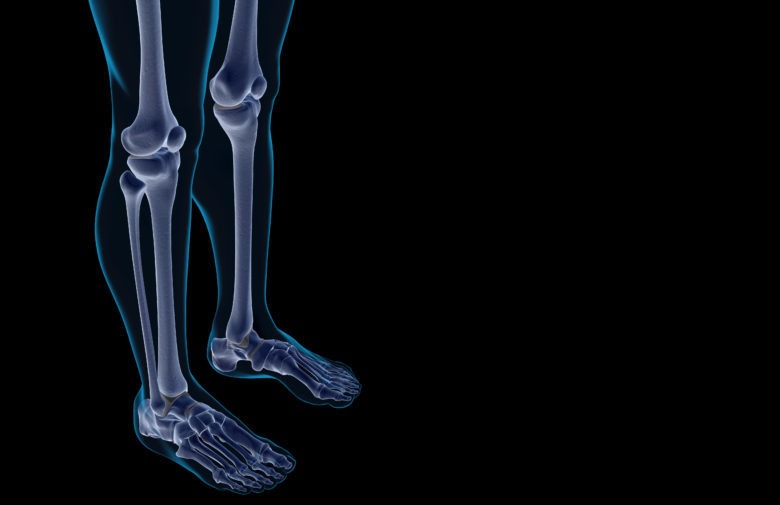Our bodies are in a constant balance between loss of bone cells and rebuilding of new cells. Yes, our bones are alive!
As people age, it’s common for this balance to shift and result in more bone loss than bone growth in both women and men. That can cause osteoporosis, which reduces bone strength and increases the chance of fractures.
Although bone loss is more common as we age, some cancers can also increase bone loss. And although needed for the management of cancer, some treatments can also impact bone health:
- Some chemotherapy drugs can reduce bone density and strength.
- Although radiation techniques are designed to minimize risks to the bones, it can impair bone density and strength.
- Bone cancer or the spread of cancer to the bone from the original tumor site hurts bone health.
- Hormone therapy for breast or prostate cancer reduces levels of estrogen or testosterone, respectively. Low estrogen or testosterone levels can contribute to loss of bone mass and density.
- Some steroid treatments taken for longer periods of time can decrease bone formation and reduce bone density and quality.
Symptoms of bone loss
Typically, people with bone loss don’t have any apparent symptoms until they break a bone, though bone loss testing can also reveal a problem. Some other symptoms:
- Loss of height over time
- Stooped posture or curved upper back
- Back pain, which may be a symptom of a compression fracture or collapsed vertebra
- Breaking a bone more easily than expected, such as after a minor injury
Testing for bone loss
The bone density scan is a common test used to measure bone calcium or density. This scan is often called a dual energy X-ray absorptiometry, or DEXA, scan. Patients should ask their provider if they should have this test before, during or after cancer treatment.
The bone density scan measures the strength of the bone. Images are taken in the hip or lower spine, and infrequently the wrist. Patients may be diagnosed with normal bone density, osteopenia (mild bone loss) or osteoporosis.
Preventing bone loss
- Take calcium and vitamin D supplements. Before taking any vitamin or mineral supplement, talk with your doctor. The Osteoporosis International Clinician’s Guide to Prevention and Treatment of Osteoporosis recommends the following.
- Vitamin D: 800-1,000 international units (IU) per day for adults 50 and over. This vitamin helps the body absorb and hold on to calcium. Vitamin D is created in the skin with exposure to sunlight, and it can be found in vitamin D-fortified foods like most milk products.
- Calcium, which helps maintains bone health and strength. The daily recommended amount from food or supplements:
- Women age 50 and younger and men age 70 and younger: 1,000 mg
- Women age 51 and older and men age 71 and older: 1,200 mg
- Exercise. Weight-bearing activities such as walking, dancing and stair climbing trigger bone growth. Weight-bearing exercises also build strong muscles, which can help balance. Check with your doctor about your exercise and fitness plan.
- Maintain a healthy weight. A well-balanced diet is important to healthy bones.
- Prevent falls. Falling is the main cause of fractures for people with weak bones. Some things that can increase risks of falling:
- Poor vision
- Peripheral neuropathy from cancer treatments
- Shoes that don’t fit well
- A cluttered living space
- Rugs
- Mental impairment
- Drowsiness related to pain medicine
- Poor concentration
- Stop smoking. The use of tobacco products is detrimental to the skeleton.
- Minimize long-term bed rest: Bones need some weight-bearing stress or exercise to trigger growth. Keep walking safely!
Learn more
- A foundation for strong bones
- Preventing osteoporosis after menopause
- Can exercise help people with cancer?
…
Posted In Cancer, Health Information
